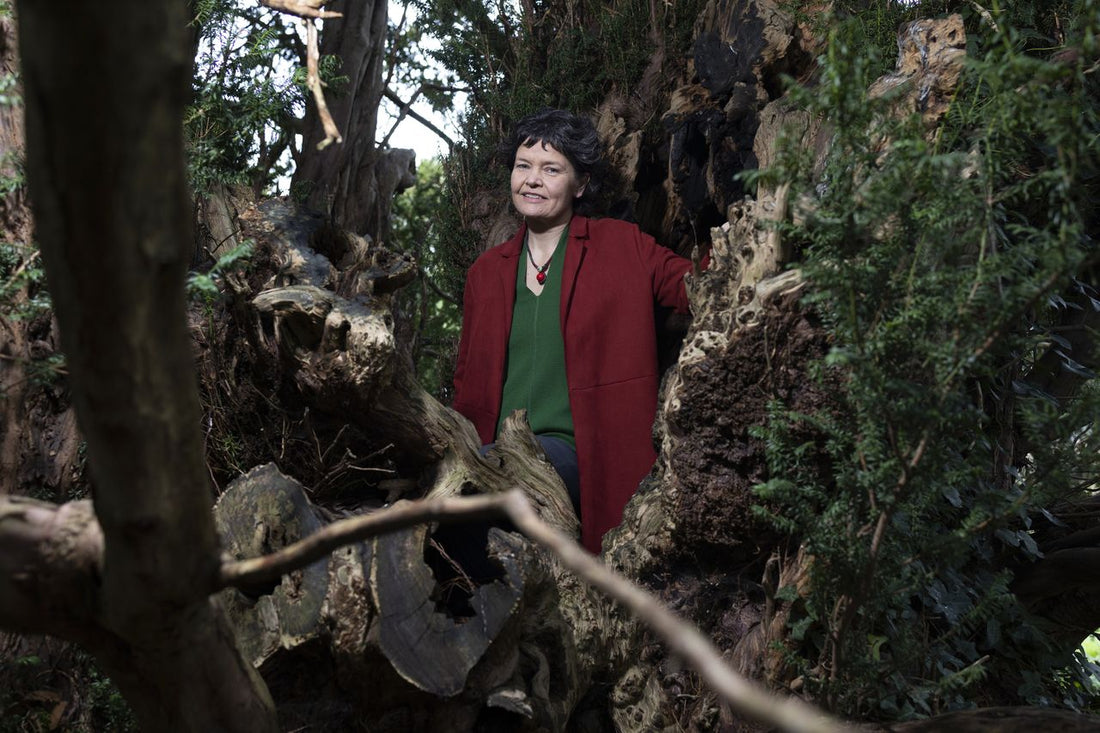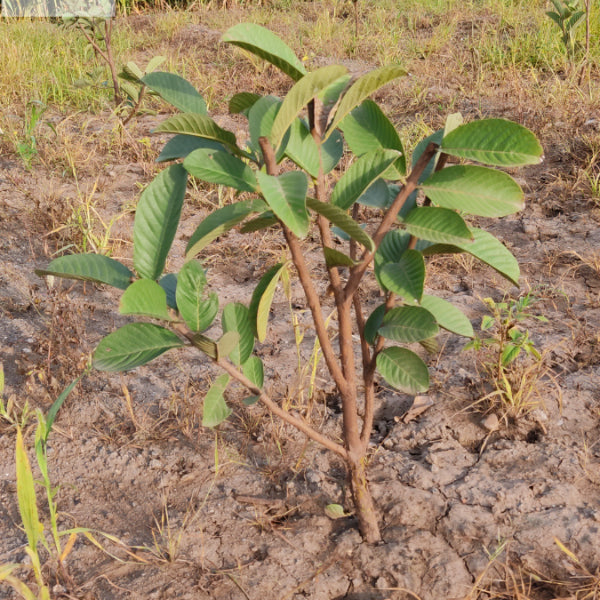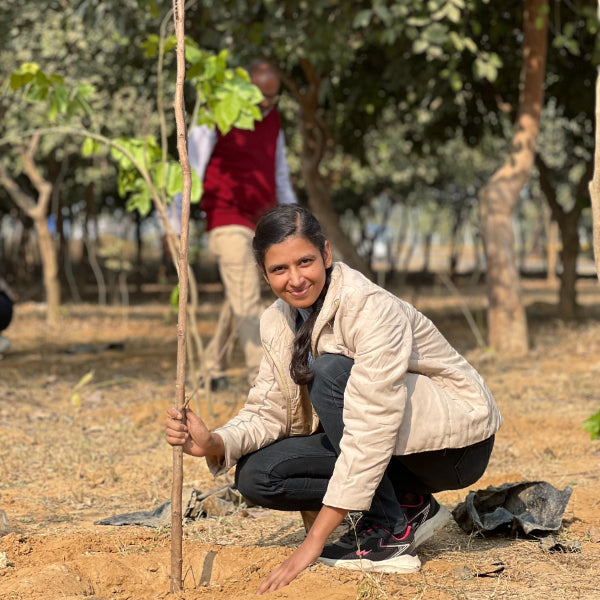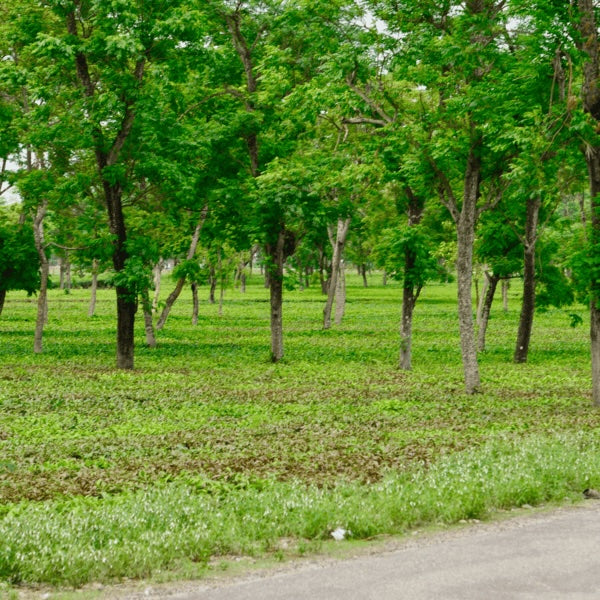

Kate Raworth is an economist who turned traditional economic models upside down, offering a fresh perspective on how we should approach sustainable growth. Her revolutionary Doughnut Economics model is reshaping how we think about the economy, the en Read more
Trending
Trees for Corporates
Kate Raworth: The Economist Who Created the Doughnut Model for Sustain
Kate Raworth is an economist who turned traditional economic models upside down, offering a fresh perspective on how we should approach sustainable growth.
Her revolutionary Doughnut Economics model is reshaping how we think about the economy, the environment, and society. Raworth's work challenges the old assumptions of limitless growth and proposes a new framework for development—one that prioritizes both social well-being and planetary boundaries. 🌍✨
Born in 1970 in the United Kingdom, Raworth has dedicated her career to rethinking the conventional metrics of success, such as GDP.
As a senior researcher at the Oxford University Environmental Change Institute, Raworth developed the Doughnut Model, which has gained widespread attention for its innovative approach to balancing the needs of people and the planet.
In her book, Doughnut Economics: Seven Ways to Think Like a 21st-Century Economist, Raworth argues for a fundamentally different economic mindset that can help us navigate the challenges of the 21st century.
What is the Doughnut Model?
The Doughnut Model is a visual representation of an economy that is designed to work within the ecological limits of the planet, while simultaneously ensuring that everyone has access to the resources they need to lead a fulfilling life.
The model is shaped like a doughnut, with two concentric rings: the inner ring represents the social foundation, while the outer ring represents the ecological ceiling. The space in between these two rings is the “safe and just space” where humanity can thrive without pushing the planet beyond its limits. 🌱🍩
Social Foundation: Ensuring Well-being for All
The inner ring of the Doughnut represents the social foundation, which includes the basic human needs that must be met for a just society.
These needs include food, water, healthcare, education, and equality. Raworth argues that no person should fall below this social foundation, and it’s the responsibility of economic systems to ensure that these basic needs are accessible to everyone. Think of it as the floor of a house—you need a solid foundation to build anything meaningful. 🏡💪
Ecological Ceiling: Respecting the Planet's Limits
The outer ring of the Doughnut represents the ecological ceiling, which encompasses the environmental limits that we cannot exceed if we want to preserve the planet's health. These include climate change, biodiversity loss, ocean acidification, and land use change. Raworth stresses that any economic activity that leads to the destruction of these planetary boundaries is unsustainable in the long run. It's like trying to fill your house with furniture without worrying about the foundation cracking or the roof caving in! 🌍💥
The “Safe and Just Space” for Humanity
The space between the two rings is the sweet spot where humanity can thrive. It's the “safe and just space” that is both socially just and ecologically sustainable. The goal is to ensure that everyone has access to the resources they need for a good life, without overshooting the planet's capacity to regenerate. Imagine it as a balance between meeting everyone's needs and respecting the environment's limits. 🌳❤️
Why is the Doughnut Model Important?
Kate Raworth’s Doughnut Model provides an alternative to the dominant economic mindset, which typically focuses on GDP growth as the primary indicator of success. Instead, it prioritizes human well-being and environmental health. This model proposes a fundamental shift in how we approach economics, advocating for policies and practices that support a regenerative and distributive economy. It’s about creating a world where people, nature, and future generations can flourish together. 💡🌎
Kate Raworth's Call to Action
Raworth’s Doughnut Economics calls for governments, businesses, and communities to work together to redesign economic systems that don’t just focus on profit, but instead aim for social and environmental outcomes. By acknowledging the need for a balanced approach, the Doughnut Model seeks to tackle the climate crisis and inequality, offering a more sustainable and equitable future for all. 🌍💚
Criticism and Challenges to Doughnut Economics
Despite the immense promise of Doughnut Economics, it has faced criticism and challenges. Critics argue that it oversimplifies complex global issues or that its ideas aren’t easily implemented in a world dominated by traditional market-based economics. Others suggest that it lacks concrete steps for action or that it may face resistance from powerful industries that prioritize growth at all costs. However, Raworth’s model continues to inspire important conversations and innovations for a sustainable future. 🤔📉
Fun Facts about Kate Raworth and Doughnut Economics
- Kate Raworth’s Doughnut Economics is now being taught at universities around the world.
- The concept was inspired by Kate’s time as a researcher at Oxford University, where she explored sustainable economic models.
- The Doughnut Model has been adopted by several cities, including Amsterdam, as a framework for economic planning.
- Kate’s work has gained the attention of policymakers and organizations, as it challenges them to rethink their priorities.
The Future of Doughnut Economics
The future of Doughnut Economics holds exciting potential. As more and more cities, organizations, and individuals embrace the model, we may see an increasing shift towards circular and regenerative economies. The growing focus on sustainability, environmental conservation, and social equity aligns perfectly with the goals of Doughnut Economics. With advocates like Kate Raworth leading the charge, the Doughnut Model may just shape the economic future for generations to come. 🌱🔮
Conclusion: A New Economic Paradigm
Kate Raworth’s Doughnut Economics offers a bold and much-needed alternative to the traditional economic mindset. It encourages us to rethink growth, prioritize human well-being, and respect the environment. By embracing the Doughnut Model, we can create a future that is just, sustainable, and regenerative. Kate Raworth’s work is proof that economics is not just about numbers—it’s about creating a world that works for everyone and the planet. 🌍💫
You may also like
Corporate Plantations
Doughnut Economics
A revolutionary economic model created by Kate Raworth, Doughnut Economics challenges traditional economic growth paradigms. The model emphasizes balancing social well-being and environmental sustainability, creating a "safe and just space" for humanity. It’s like the sweet spot between human prosperity and planetary health—talk about a win-win!
Sustainable Growth
Forget endless economic expansion; sustainable growth is all about thriving within the Earth's natural limits. Kate Raworth’s Doughnut Model redefines what growth means, focusing on ensuring social equity and planetary boundaries are respected. The goal? Sustainable, equitable prosperity that doesn’t push our planet over the edge.
Planetary Boundaries
These are the tipping points that, if crossed, would cause irreversible damage to our planet. In Doughnut Economics, planetary boundaries form the outer circle, making sure that human activity doesn’t push the Earth beyond its ecological limits. It’s like staying in a lane when driving—but for the planet!
Social Foundation
clean water, education, and healthcare. Raworth stresses that we need to lift everyone to meet these needs without surpassing ecological limits. Think of it as a floor—no one should fall through it.
Regenerative Economy
In a regenerative economy, resources are used wisely, waste is minimized, and ecosystems are restored rather than degraded. Raworth advocates for this shift away from linear models of production and consumption, encouraging systems that nourish the planet. Imagine a world where we replenish what we take—now that's true progress!
Distributive Economy
A distributive economy focuses on fair distribution, ensuring that wealth and resources are shared more equally among people. Doughnut Economics encourages moving away from inequality and fostering economies where benefits are more evenly distributed. It’s about making sure the cake is shared, not hoarded!
Gross Domestic Product (GDP)
The traditional measure of economic success, GDP is often criticized for focusing on quantity over quality. In Doughnut Economics, Raworth challenges the GDP obsession and argues for new metrics that consider environmental and social factors, because success isn’t just about bigger numbers.
Circular Economy
A key principle of Doughnut Economics, the circular economy aims to minimize waste by reusing resources. Raworth advocates for an economic model that mimics nature’s cycles—where nothing goes to waste and everything is repurposed. No more throwing things away—let’s make things last and keep them in use.
Global Economic Transformation
Raworth’s Doughnut Model isn’t just an abstract theory; it’s a blueprint for global change. The model calls for a transformation in economic systems that prioritizes people and planet over profit. It’s a roadmap to moving away from the outdated growth-at-all-costs mentality and reshaping economies to be just and sustainable.
Environmental Sustainability
One of the key pillars of Doughnut Economics, environmental sustainability is about living within the Earth’s ecological limits. Raworth stresses that economic systems should align with the planet’s health, ensuring that resources are preserved for future generations. It’s about saving the planet, not just making profits.
Human Well-being
At the heart of Doughnut Economics lies the concept of human well-being. Raworth emphasizes that economies should be designed to ensure that everyone can lead fulfilling lives with access to health, education, and a clean environment. Forget GDP—human well-being is the true measure of success.
Policy Change for Sustainability
Raworth’s Doughnut Economics calls for policy change at local, national, and global levels to support sustainability. From reducing carbon emissions to creating equitable economic systems, she advocates for sweeping policy reforms that will drive the shift toward a sustainable, fair economy. Policy is the key to unlocking the future we want.
FAQ
What is Doughnut Economics?
: Doughnut Economics, created by Kate Raworth, is a model for sustainable economic growth. It challenges traditional growth by focusing on social and environmental balance—think of it as the Goldilocks of economics: not too much, not too little, just right!
How does the Doughnut Model work?
: The Doughnut Model works by balancing two key aspects—human well-being and planetary boundaries. The "inner ring" represents social foundations (basic human needs), while the "outer ring" represents the Earth's ecological limits. The goal is to stay in the sweet spot between both, ensuring prosperity without harming the planet.
What is the social foundation in Doughnut Economics?
: The social foundation in Doughnut Economics includes all the basic needs for human well-being, like healthcare, education, clean water, and housing. It’s like creating a safety net so no one falls below the minimum threshold of a good life. After all, we all deserve a dignified existence!
What are planetary boundaries in Doughnut Economics?
: Planetary boundaries represent the Earth's ecological limits—think of them as the walls we can’t cross without causing irreversible damage. Raworth’s model urges us to stay within these boundaries to ensure our economic activities don't push the planet beyond its capacity to regenerate.
Why is GDP not enough to measure success?
: GDP focuses only on economic output, ignoring the environment and social well-being. Raworth argues it’s time for a new metric—one that includes social equity and environmental sustainability. After all, growth shouldn’t mean destroying the planet, right
What is a circular economy?
: A circular economy is one that reduces waste and promotes reusing resources, rather than following the traditional "take, make, dispose" model. Raworth encourages economies to work like nature, where nothing goes to waste, and resources are constantly reused. Let’s start recycling the economy, shall we
How does Doughnut Economics promote sustainability?
: Doughnut Economics promotes sustainability by redefining growth, prioritizing human well-being, and respecting ecological limits. The model shifts the focus from endless growth to long-term prosperity, ensuring the environment can thrive while everyone has access to the resources they need. Let’s build a future that lasts!
What role does fairness play in Doughnut Economics?
: Fairness is at the core of Doughnut Economics. Raworth argues that resources and wealth must be distributed more equitably. The model pushes for an economy that works for everyone—no one should be left behind while others hoard all the riches. Sharing is caring, after all!
Can Doughnut Economics work globally?
: Yes, Doughnut Economics can work globally. Raworth envisions a worldwide shift where countries design economies that meet social needs and respect environmental boundaries. It’s a global movement toward fairness, equity, and sustainability—think of it as a worldwide “doughnut party!”
What is the difference between traditional and Doughnut Economics?
: Traditional economics focuses on continuous growth, often ignoring environmental damage and social inequality. Doughnut Economics, however, emphasizes well-being and sustainability. It’s a refreshing new approach that doesn’t just aim for profit but also for a healthy planet and an equitable society. Time for an upgrade, don’t you think
How can policymakers implement Doughnut Economics?
: Policymakers can implement Doughnut Economics by prioritizing policies that promote environmental sustainability and social equity. This could include regulating carbon emissions, creating green jobs, and ensuring basic human needs are met. With the right policies, we can have our doughnut and eat it too!
What are the long-term benefits of Doughnut Economics?
: The long-term benefits of Doughnut Economics include a healthier planet, more equitable societies, and sustainable prosperity. By moving away from unsustainable growth, we can create economies that thrive for generations to come. Let’s leave behind a legacy worth cherishing!
Most Popular
Connect with us
-
👥 Corporates
If you are looking for:
- 🌲 Tree Plantation Events
- 📊 CSR Projects
📧 corporate@growbilliontrees.com
📞 +91 9699723523
💬 +91 9325931304 WhatsApp (Only)
🕒 Mon - Sat | 10am - 7pm IST
-
🧩 Tree Plantation NGOs
If you are looking for:
- 💰 Financial Assistance
- 🤝 Operational Support
📧 support@growbilliontrees.com
📞 +91 9699723523
💬 +91 9325931304 WhatsApp (Only)
🕒 Mon - Sat | 10am - 7pm IST
-
🌼 Individuals
If you are looking for:
- 👥 Group Tree Plantation Drive
- 🌳 Bulk Tree Plantation
📞 +91 9699723523
💬 +91 9325931304 WhatsApp (Only)
🕒 Mon - Sat | 10am - 7pm IST





















